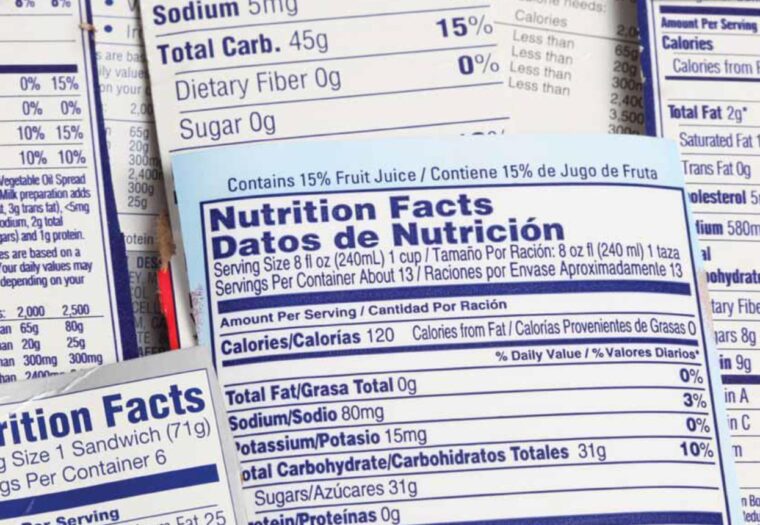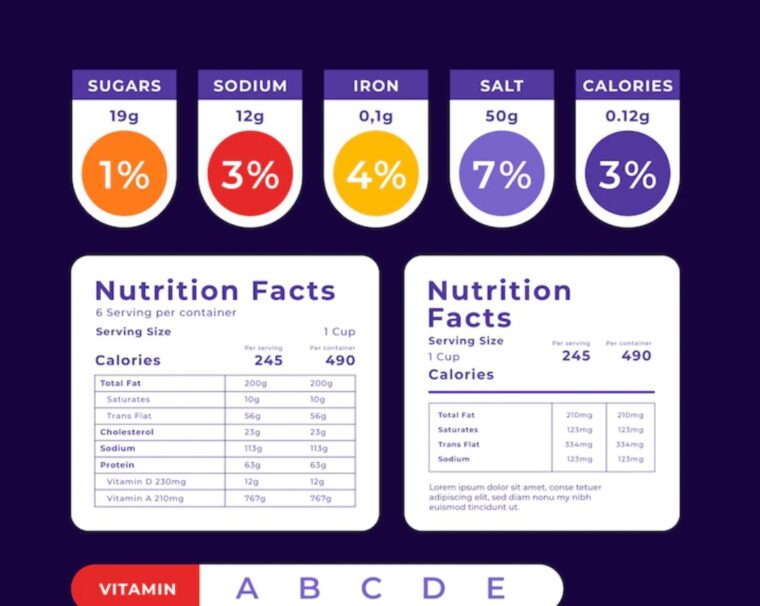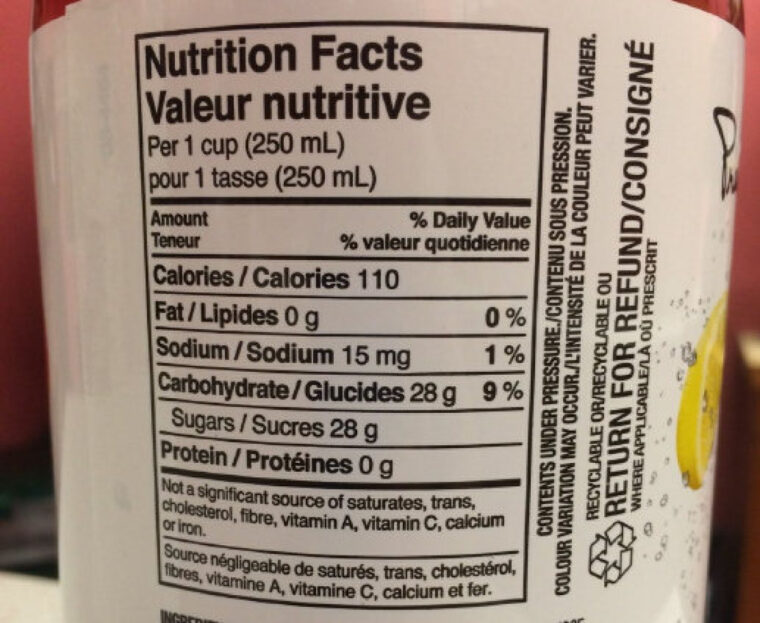We all sometimes find ourselves in the middle of the grocery store, watching the richly stocked shelves bend under the weight of countless food products. But do we even know what they all contain? The products contain quite a lot of information that is prescribed by law. The task of the consumer is to read them.
And, of course, to understand. Why? Because that way we can find out what we are putting into our body, which ingredients are the most in the product, whether they contain any allergens, and numerous other information.
The safety of the food we put in our mouths every day is a relative matter and knowledge is the only effective weapon in the fight against potential danger.
Ignorance in human nutrition results in a whole series of modern diseases (high blood pressure, diabetes, atherosclerosis). Numerous food-related problems are present throughout the world.
People are becoming more and more aware of a healthy life, and there is an increasing number of those who are changing their lifestyle, including their diet.
People ask nutrition for help In order to lose weight and learn how to adopt some healthy habits. We often wonder what is hidden behind the food label on food products and how to interpret it correctly. The basic essence is to provide the customer with information about the food he is buying, and therefore it should contain information that must be clear, accurate, and based on legal regulations.
Nutritive Label Maker indirectly protects the health of the consumer, because it is an indicator of what is introduced into the body through a certain food product which you can see if you visit nutritionistpro.com. It allows you to find out how fresh the food product is, what energy value it has, and what additional ingredients it contains, and helps you choose those foods with a lower content of calories, sugar, salt, additives, or preservatives. Recently, the declarations also include guidelines for the recommended daily intake, which can help us choose food. The declaration is a legally mandatory way in which the producer provides the consumer with information and insight into the quality of the food product.

When we shop, we as consumers expect that the product we bought has a guaranteed quality, that is, that it corresponds to the composition and quality stated in the declaration. But in practice, the situation is often different because we do not always clearly understand what is written on the declaration.
Nutrition facts labels are found on all food products except very small packages, fresh foods such as fruit and vegetables, and local bakery or organic products. On the labels, you can read which ingredients or additives are in the food, what is its nutritional value, how it should be stored, who the producer is, and where the food was produced. The best advice is to completely ignore the labels that are on the front of the package and serve as a lure for customers. We distinguish between two things in each declaration: the list of ingredients and the nutritional value of the food.
In the list of ingredients, all the substances included in the composition of that product are listed, starting from the most present to the least represented. For example, the ingredient that is first on the list is the most abundant in that food product, and the ingredient that is at the end of the list is found in a very small amount.

Information on the nutritional value of the product tells us about the nutrients and is usually expressed in grams, milliliters, or in serving units of the food. These data are most often listed in tables and contain prominent information about the energy value of the food, as well as the amount of protein, carbohydrates, and fat. In the table, you will also find information about the amount of sugar, starch, fiber, sodium, and so on. The energy value is expressed in kcal and kJ, and when consuming it should be kept in mind that it usually refers to 100 g of food. Based on this, the amount of the portion can be determined, which is in line with the recommended daily energy intake.
Customers are often confused when they read certain things on a food label. For example, the claim “without sugar” does not necessarily mean that the product does not contain sugar, but rather that there are no added sugars. Products labeled “light” have had a certain amount of fat removed, but that’s why you should pay attention to the carbohydrates that have probably been added. The claim that the product is enriched with certain vitamins and minerals can be deceiving about its quality because such products can also be processed and contain a considerable amount of carbohydrates and sugar. Therefore, even with such products, it is necessary to check the carbohydrate content on the declaration.

In the context of food products, it is best to choose minimally processed food where a person can recognize the basic ingredients, which are primarily dairy products such as fermented milk or yogurt, kefir and acidophilus, as well as cheese and butter. Such products contain significant amounts of nutrients, such as proteins, naturally occurring sugars and fats. It is recommended to avoid intake of processed food that is rich in sodium, hydrogenated fatty acids, added sugars and additives, all of which should be listed in the declaration.
Adopting the habit of reading information on food and taking into account what is stated on the labels is important for us to preserve our health, but it is also an important step in establishing a proper diet and improving the quality of life as a whole. Add to this some physical activity, daily rest and regular sleep and you will soon notice that you have more energy than before. If you follow these instructions, you will always be sure what you are putting into your body and you will be able to balance the meals for yourself and your family much more easily.
